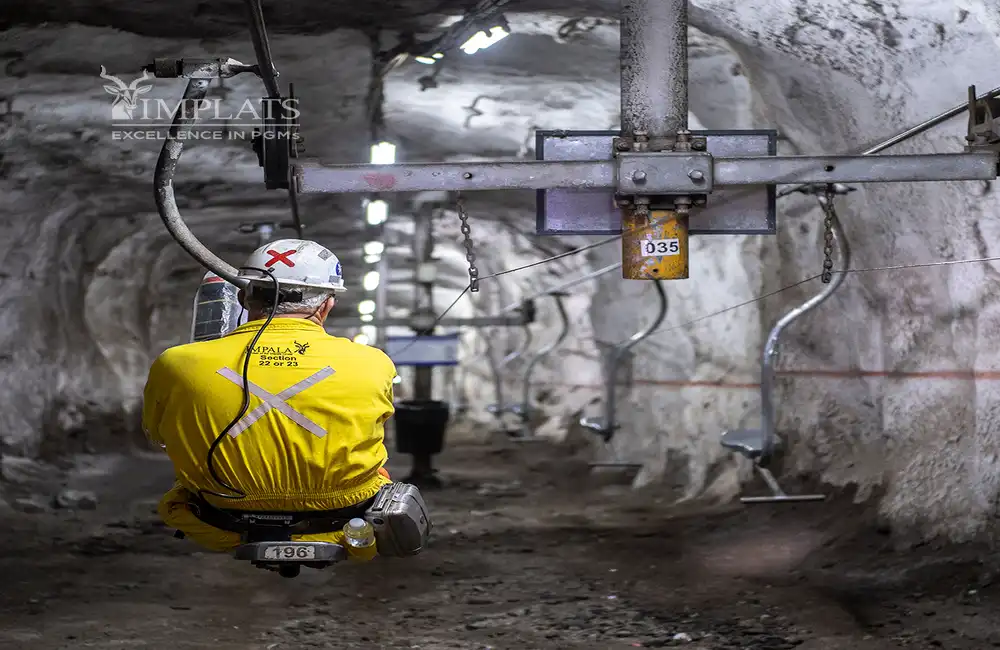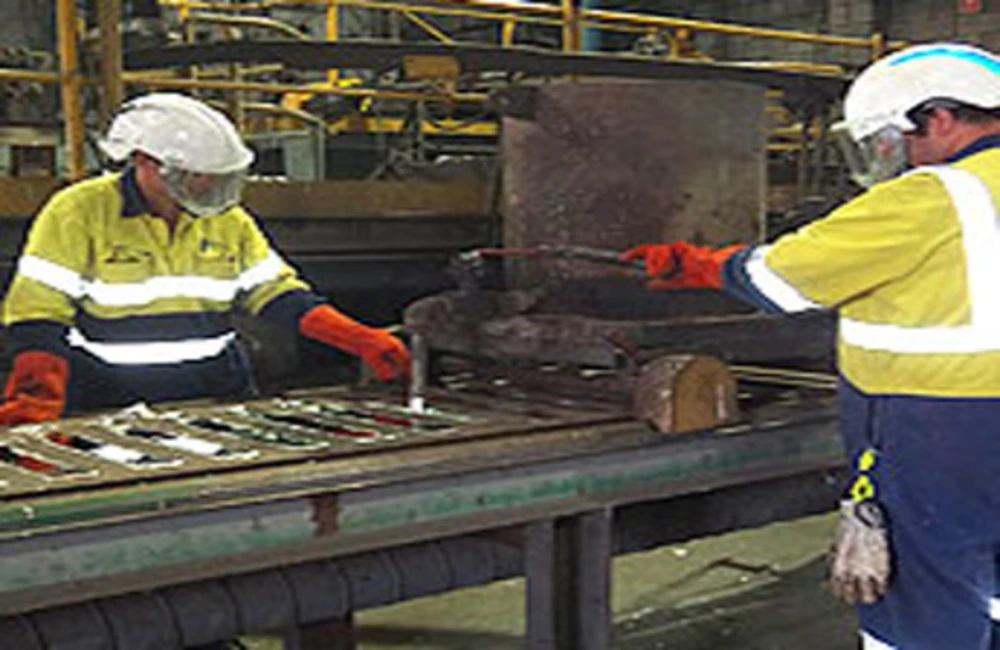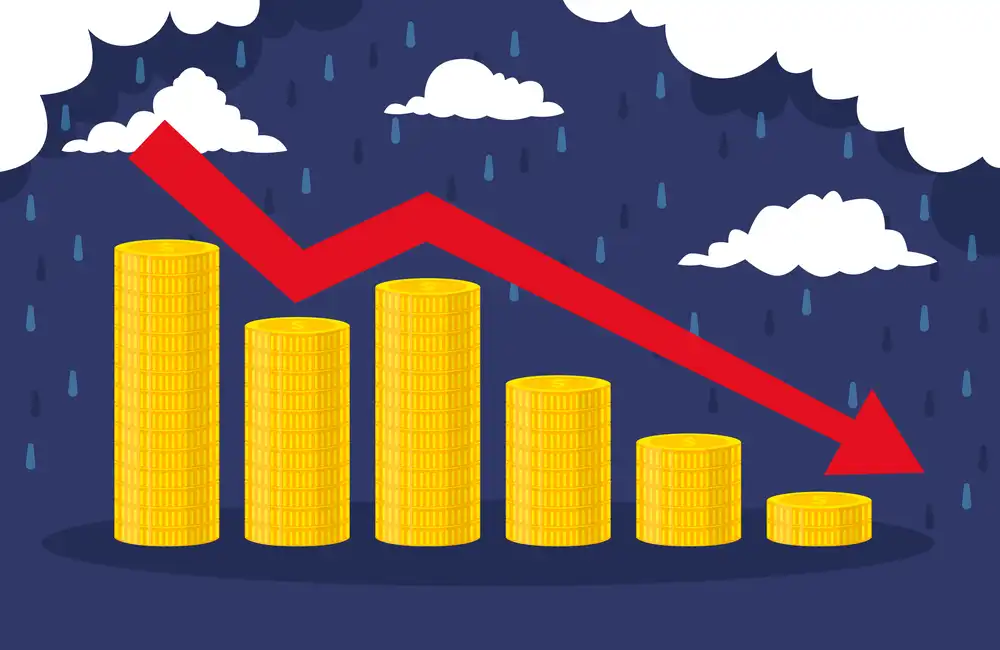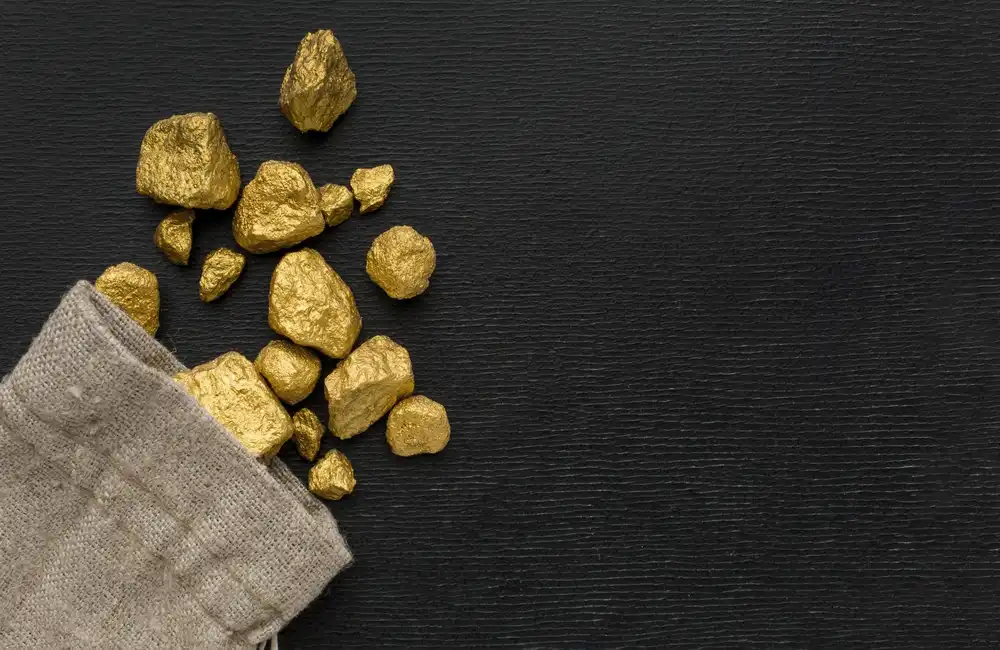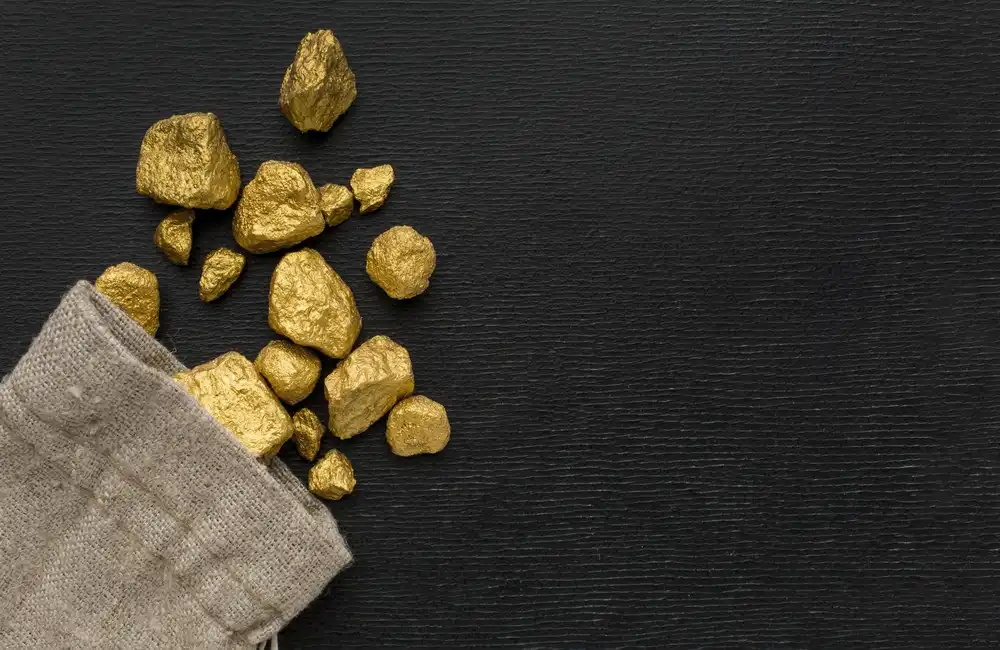Tin prices have climed to new record levels this year after a record-breaking 2021 as short-term concerns around supply from Indonesia, adds to momentum already seen in a chronically undersupplied market, analysts said.
Tin, one of the so-called metals important for future technologies, or MIFTs, has been on a tear since March 2020 at the start of the coronavirus pandemic, with price tripling in the last two years and rising around 11% year to date.
As of 1406 GMT Feb. 17 the London Metal Exchange three-month spot tin price was trading at $43,955/mt, easing back slightly from its record high of $44,250/mt reached Feb. 10.
Tin is widely used in electronics, and its inventories have been steadily declining for over two decades, according to market analysts. The long-term demand for tin will likely benefit from new electric vehicle and electrical infrastructure markets, as well as 5G mobile communications and associated technologies.
It is a relatively small market. S&P Global Platts reported that refined tin production in 2021 was 378,100 mt, and refined metal consumption was 390,900 mt, based on the information from James Willoughby, a market analyst at the International Tin Association.
In tin-in-concentrate/metal contained terms, China was also the world's biggest producer in 2021 at 87,500 mt of tin, or 29% of world production, followed by Indonesia at 65,200 mt and 22% of world production, and Myanmar at 38,800 mt or 13% of world production, according to ITA data.
Indonesia export delays
Myanmar has been grappling with the depletion of its reserves for a while, Commerzbank's commodities analyst Daniel Briesemann said in a research note, but the market is much more focused on Indonesia and worries that delays to private smelter export licenses are fueling speculation on the LME.
"It appears that speculation is the current price driver, and that the Indonesian situation is the most likely catalyst," Willoughby of the ITA told Platts.
“Given that trade in the spot market is said to be more sluggish than usual, the reason for this assumption is that trade is not lagging at the moment. “Physical market tightness (stocks and spreads) indicators show that tightness has eased in recent weeks,” he added.
Indonesia, for instance, shipped only 1,200 mt of tin in January, 70% down on the level a year ahead and the lowest monthly total in more than six years, Commerzbank's Briesemann said, citing Indonesian Ministry of Trade data.
Speaking on issues of profit-taking since the Chinese holidays earlier this month, Willoughby said profit-taking certainly appeared to be happening before the Lunar New Year but had not occurred since.
“It’s common practice for speculators to close out their positions ahead of the holidays to not carry exposure through a period of low trading and volatility,” said ITA's analyst.
On the supply side, Briesemann said the tin market was seen as chronically undersupplied, but that the supply shortage was being exacerbated by ongoing logistical issues. ITA’s Willoughby echoed this, noting logistics challenges remained top-of-mind for consumers.
“A lot of them have certainly built up their stock holdings to [hedge] against unexpected problems, and this stocking cycle did tighten the market more than normal,” he said.
Few new projects
Looking ahead, however, around the world, few new projects slated for commissioning could come to the rescue of tightness.
“We believe that only 11 new projects (and one expansion) are likely to be committed to by 2030. These projects collectively amount to providing some 35,000-plus mt into the concentrate market," Willoughby said.
“But what does come through on the same timescale is the growth rates for tin use doubling from the historical rate of around 1-2% to something closer to 3-4%.” Demand is likely to grow more strongly than supply over the same period, so markets are likely to remain tight,” the analyst said.
In 2020, nearly 48% of demand was soldering, Willoughby said, while semiconductor demand was the key driver last year, up 26% and seen increasing a further 9% this year, according to ED&F Man Capital Markets analyst Edward Meir in a research note.
With regards to potential substitution, there are few substitutes for tin-based solder, and none that is a major competitor, according to Willoughby.
“For example, conductive adhesives are currently in use to connect temperature-sensitive components or flexible circuits, but issues with low conductivity and joint strength mean that this technology is unlikely to replace traditional solder for major uses.” ITA’s analyst said that other technologies are niche and have similar problems.”
Recycling
Recycling intends an crucial position in offer, as in treasured and base metals. Current tin recycling is approximately 33% of all tin used, however approximately 20% of all refined tin is from recycled sources, according to Willoughby.
This type of scrap is harder to process in terms of end-of-life material, such as for instance from old electronics, the analyst said.
“An increase in collection rates will push up the baseline of tin that is available for recovery, but an enhancement to scrap sorting and other pre-processing steps will enhance yield, which is arguably equally important,” Willoughby said.
Tin is found together with other metals, and it is seldom the target for recovery. A circuit board has several metals. The lesser abundance (but greater value) of tin means it tends to be overshadowed by gold and copper,” Octavio said.


